
Farms will harvest food and the sun, as Mass. pioneers ‘dual-use’ solar
Paul Knowlton owns 300 acres of land in Grafton, and farms about 50. The farm has been in his family for five generation, ever since Knowlton’s great-great-grandfather settled in the Blackstone Valley in 1872.
These days Knowlton grows pumpkins, squash and corn. Up a gravel road, past the family cemetery, corn stalks are still standing from this year’s crop. “Considering the drought situation, we did fair,” Knowlton says.

Solar meets sheep (and bees, and more)
Often solar panels sit on former agricultural land, but aren’t what we’d otherwise think of as a farm.
Agrivoltaics aims to change that by hosting PV panels and agriculture on the exact same land. Often, livestock like sheep graze under the solar panels. Sometimes the projects include pollinator habitat as well, which can benefit biodiversity, honey production, or adjacent pollinator-dependent crops. And trials are being done growing shaded crops under raised panels, too…
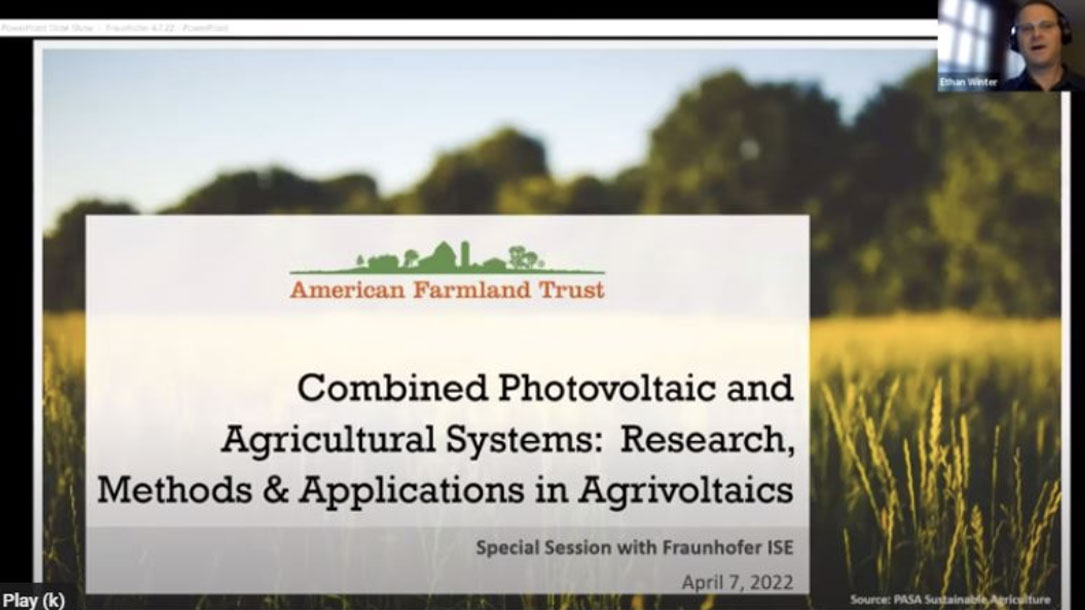
Solar that supports farmers, soils, water
While states and communities around the U.S. are ramping up renewable energy commitments and incentivizing solar development, many farms are struggling. There is also growing concern that solar development could displace active agricultural use on productive farmland, with impacts to farm renters, local economies, and regional food systems. Without an integrated approach, achieving clean energy goals may come at the loss of some of our most fertile and economically viable farmland to solar development.
American Farmland Trust seeks a more collaborative and sustainable path forward towards a clean energy transition that supports healthy soils, wholesome food, and vibrant farms…
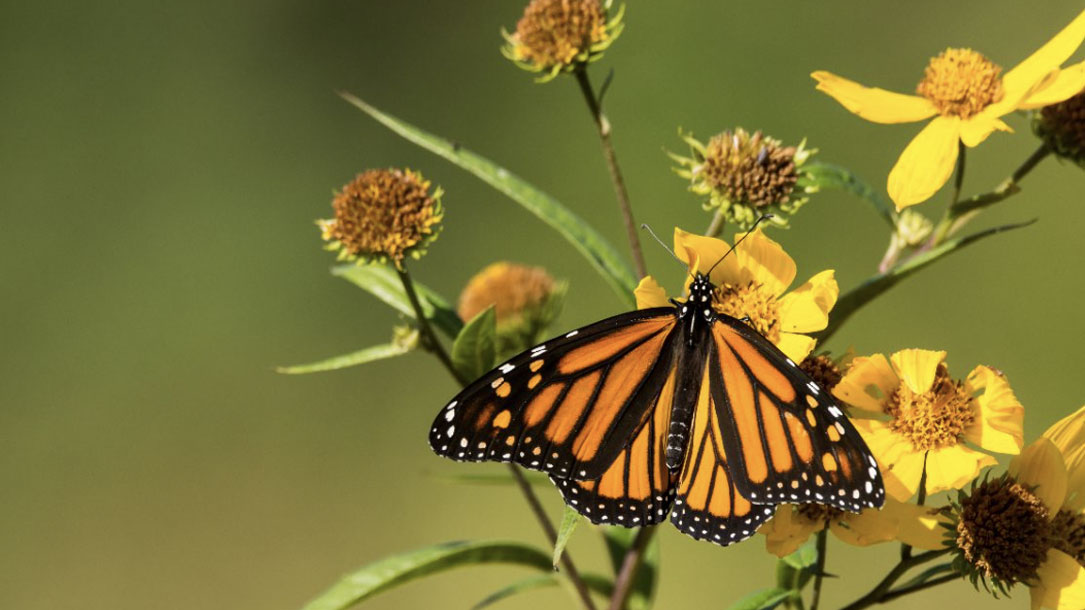
Climate Change Pilot Project
South Kingstown Land Trust was invited by the University of Rhode Island’s Coastal Resource Center (CRC) to participate in a pilot project to investigate how climate change could impact land trusts — whether impacts to our land holdings themselves or to our priorities for preservation.
For Rhode Island, the likely effects of climate change will include sea-level rise and increases in air and water temperature, precipitation, and storminess. The study was funded by the Rhode Island Coastal Resources Management Council…
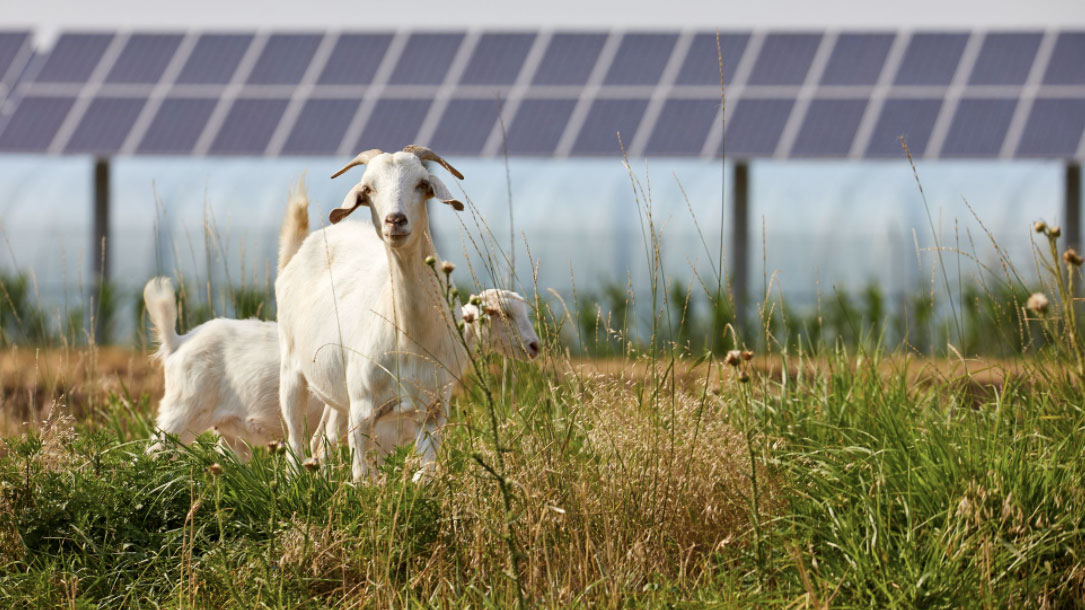
The Nature Conservancy tool helps identify ideal solar farm sites in Georgia
They compared that information to maps of critical habitat, protected lands, and prime farmland. And they put their results into a free online tool.
It allows developers, natural resource agencies, and others to identify low-impact locations for new solar farms. And Gutierrez says the tool finds plenty of them…
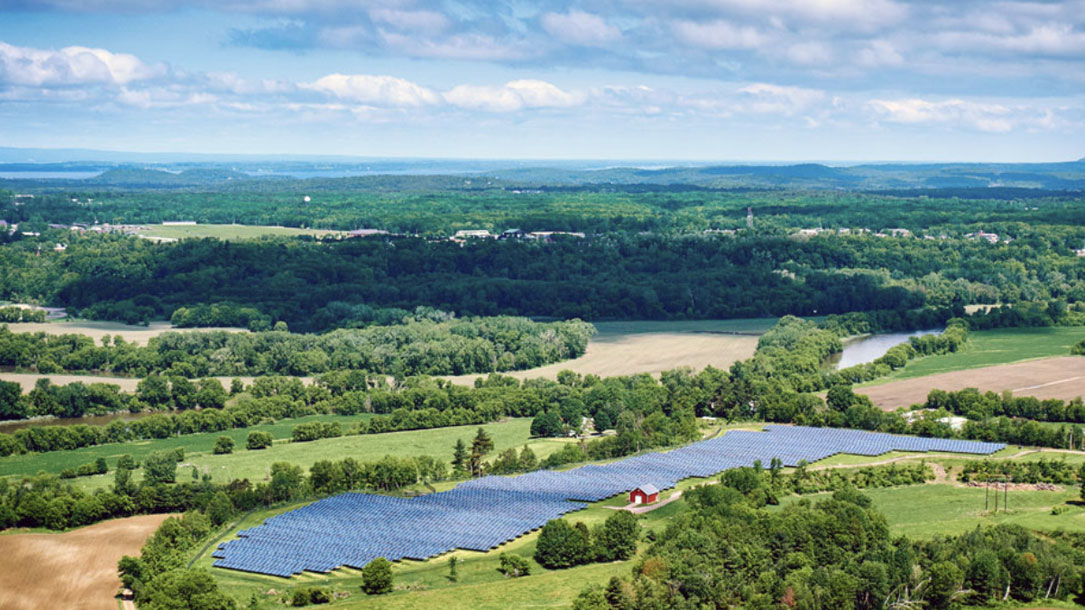
Whitcomb Farm Solar
In conjunction with an easement from the Vermont Land Trust, the solar array will provide lease revenue to the farmers that will assist in keeping the farm in active agricultural use for generations to come.
Meg Armstrong, the owner of Witcomb Farm notes “We were thrilled with the outcome of our work with Encore on the siting of a solar array on our active dairy farm in Essex Junction, Vermont. Encore’s work resulted in an annual lease payment that provides us with the opportunity to improve our farmstead while preserving topsoil integrity. Farming has always involved land, sunlight, and water to produce value; we are pleased to be able to diversify our farming operations to include renewable electricity generation in addition to forage crops and dairy…”

The Nature Conservancy goes carbon neutral at Uplands Farm
The Nature Conservancy is pleased to announce its move toward 100% renewable energy at Uplands Farm Sanctuary, the 97-acre nature preserve that also serves as one of the organization’s Long Island offices.
The ambitious project, funded by the Green Mountain Energy Sun Club, includes rooftop solar, an electric vehicle charging station, and energy efficiency upgrades that will dramatically reduce Uplands Farm’s carbon footprint, making the preserve’s offices carbon-neutral on an annual basis. The upgrades are estimated to save more than 54 tons of carbon pollution, equivalent to the emissions from over 5,000 gallons of gasoline from gasoline-powered vehicles, each year…
The sustainable upgrades are part of the Conservancy’s continued efforts to tackle climate change in New York and around the world. The chronic flooding, stronger storms, and intense heat waves caused by climate change are already impacting communities statewide. The shift to renewable energy sources, such as solar and wind, is key to climate stability. The Conservancy is striving to achieve a low-carbon future through broad-scale policy change at the state and federal levels while developing and modeling solutions locally, such as those at the Uplands Farm Sanctuary…

470-acre Cayuga lakefront land bought by state to become wildlife area, solar energy plant
New York State Governor Kathy Hochul announced a land purchasing agreement has been reached between the Finger Lakes Land Trust and New York State Electric & Gas Corp. for the 470-acre Bell Station.
The state Department of Environmental Conservation and the Finger Lakes Land Trust will create a public wildlife management area on the lakeshore portion of the newly acquired property…
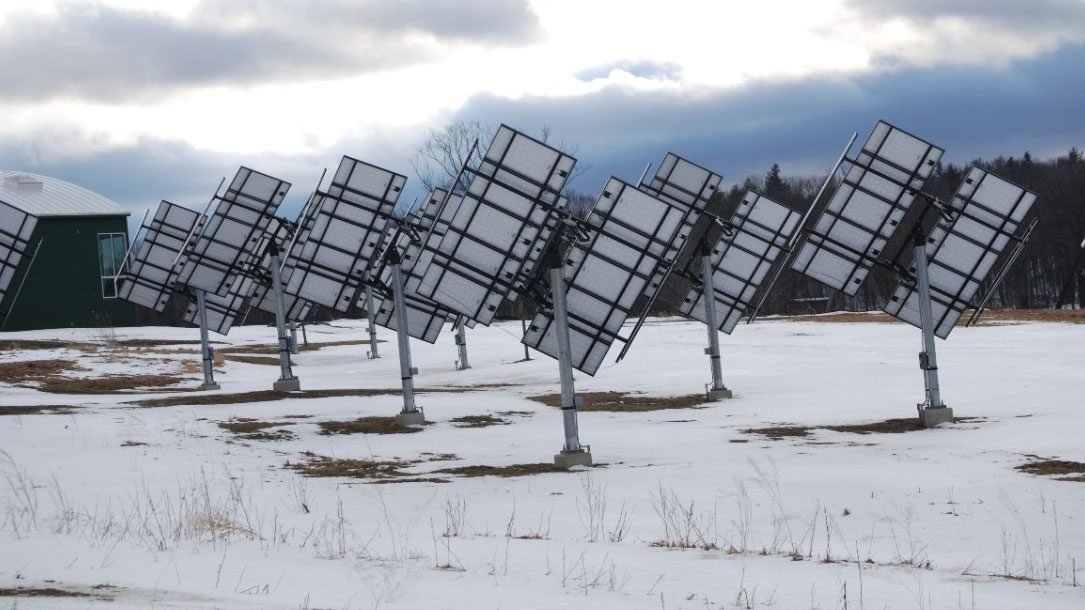
Best practices in local review of community solar in rural areas
Community solar projects have numerous novel features, compared to other types of development. During this session, Adriana Beltrani, an Environmental Planner with the firm Nelson, Pope, Voorhis will present what to look for in a complete site plan application package and explore ways for local planning boards to ensure that information about important resources and other local priorities are considered during the site design and review.
The session seeks to provide attendees with the tools to appropriately investigate, avoid, and mitigate potential impacts from solar projects…

Producing energy while protecting the land
“Part of our work as a community land trust is to help reframe the energy debate and build community energy resiliency.
…[W]e flipped the switch on our first solar energy array and as of today more than 50% of the energy we use to run Taos Land Trust is generated by our new solar panels. The 2kW photovoltaic array sitting on our downtown Taos property was installed through a generous grant from the PPC Solar Photovoltaic Donation Program. This is a huge move for us…”












